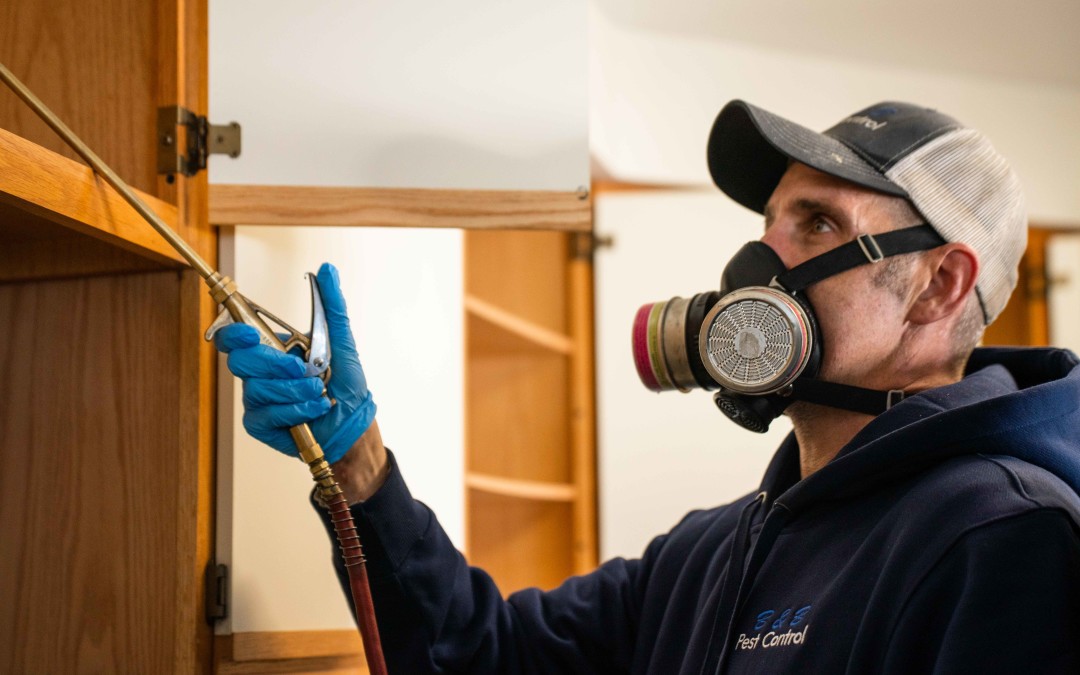Millipedes are creepy-looking arthropods of the Diplopoda class, a variety of indoor and outdoor conditions can prompt the pests to enter homes. Those who find one millipede indoors can be sure that numerous other have also successfully invaded. While millipedes are generally nuisance pests, they can also trigger or worsen allergy symptoms within homes, and most species secrete a toxic defense chemical that may injure skin and stink-up houses. Most millipede infestation occur during the fall when millipedes seek indoor shelter from the cold weather. Luckily, there exists multiple ways in which homeowners can prevent millipede infestations.
Many insect pest species become a problem on poorly maintained properties, but homeowners often overlook common yard features that can attract pests. Millipedes prefer to dwell within grassy landscapes, particularly landscapes where grass is overgrown. Tall lawn grass traps moisture, allowing millipedes to thrive. Regularly lawn mowing will greatly reduce the chances of millipedes becoming abundant in a yard, and eventually, a home. It is also important for homeowners to water their lawns in the morning in order to allow enough time for grass to become dry later in the day, as millipedes are most active during the nighttime hours.
Millipedes often hide in lawn-litter, like leaf piles, and they are frequently found within firewood that is stored outdoors. Regularly removing lawn waste is important, but it is more important to keep a home’s exterior walls free of clutter, especially stacked firewood. Once millipedes establish a thriving population along the outside walls of a home, they can often find their way indoors with relative ease come fall. Decaying organic matter, like firewood, is a preferred dwelling location for millipedes, so keeping a home’s exterior completely free of organic matter is essential for preventing millipede infestations. Naturally, garden mulch provides an ideal habitat for millipedes due to the moisture trapped below wood mulch. Wood mulch may be the most significant millipede attractant around homes, as wood mulch is often laid directly next to a home’s foundation. Mulch should not be laid any deeper than four inches below the soil’s surface in order to keep moisture minimal.
Have you ever found millipedes in your yard or home?

